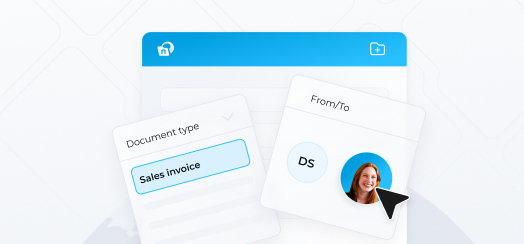Unleashing the Power of Visual Communication

Visual Communication Simplified
Visual communication is a vital aspect of modern life. It is a way of representing information graphically to create meaning efficiently and effectively.
There are two main types of visual communication: information visualization and visual storytelling.
Information visualization involves presenting data visually, such as a chart or graph. It allows the viewer to see trends and patterns in the data but does not necessarily provide direct conclusions. Firstly, this type of visual communication is helpful for understanding complex data sets. It can be used in fields such as business, science, and politics.
On the other hand, visual storytelling involves presenting information in a way that tells a story and reaches a conclusion. This type of visual communication is often used in marketing and advertising to convey a message or persuade the viewer to take a specific action. It can be achieved through various mediums, including marketing videos, branding, photography, and graphic design.
Simplifying Complexity
One of the key benefits of visual communication is its ability to condense complex ideas into simple, easy-to-understand forms. This is especially useful in a world where we are constantly bombarded with information. Therefore, over and over again, we need more time and energy to process large amounts of text. A well-designed visual can quickly convey a message or concept that might take pages of text to explain.
In addition to its practical benefits, visual communication can also evoke emotions in the viewer. This is especially true in marketing videos. Companies often use graphical elements such as color, lighting, and composition to create a specific mood or feeling. This emotional connection can be a powerful tool for influencing consumer behavior.

Exploring the Many Forms of Visual Communication
There are many types of visual communication, including videos, branding, photography, graphic design, animation, and typography. Each of these mediums has its own unique qualities and can be used to convey different types of information. Let’s have a closer look into them:
- Branding: Visual communication through branding involves creating a cohesive visual identity for a company or product. This can include elements such as logos, colors, and fonts. It's used to generate recognition and establish trust with the audience.
- Videos: Visual communication is often used to tell a story or demonstrate a product. This medium can effectively engage the viewer and create an emotional connection.
- Photography: Visual communication through photography can be used to convey emotions, tell a story, or document an event. It can be a powerful tool for capturing attention and impacting the viewer.
- Graphic design: Visual communication through graphic design involves creating visual content for print or digital media. This can include logos, brochures, websites, and more. Graphic designers use various design principles and techniques to communicate ideas and information effectively.
- Animation: Visual communication through animation involves creating moving images that tell a story or convey information. This medium can be used to create engaging and interactive content that is particularly effective at capturing the attention of younger audiences.
- Typography: Visual communication through typography involves using typefaces, fonts, and layouts to convey meaning and create a specific mood or feeling. It is an essential element of design that can significantly impact the effectiveness of visual communication.
The use of animation in visual communication
Animation is a form of visual communication involving moving images through drawings, graphics, or other visual elements. It can be used in various contexts, including film, television, video games, and online media.
One of the primary uses of animation in visual communication is to convey information or ideas in an engaging and visually appealing way. For example, an animator might create an educational video that explains a complex concept through animation. This can be particularly effective for communicating ideas to children or explaining abstract concepts that might be difficult to grasp.
Animation can also be used to entertain or engage an audience. Many animated films and television shows are created for this purpose. They can be enjoyed by people of all ages.
In addition to its use in entertainment and education, animation can also be used in advertising and marketing. For example, an animated commercial might sell a product or service. This type of marketing video can be particularly effective in this context. It's because it can capture the viewer's attention and help memorably convey the message.
Overall, animation in visual communication can be a powerful tool for conveying information, ideas, and messages to a broad audience in an engaging and visually appealing way.
Should I care?
In today's business world, having visually engaging content is essential for achieving marketing goals. This is because people are more likely to remember and respond to information that is presented in a visually appealing way. Whether you are trying to sell a product with marketing videos, educate your audience with explainer videos, or simply convey a message, visual communication can effectively reach your target audience.
In conclusion, visual communication is a powerful tool for creating meaning and evoking emotions. It can be used in various mediums and is essential for achieving business goals in marketing. Whether you are working in business, science, or any other field, it is crucial to understand the role of visual communication and how to use it effectively.





